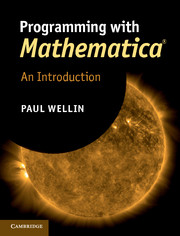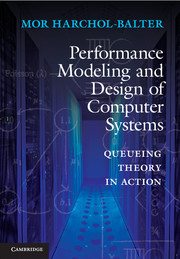Refine search
Actions for selected content:
48276 results in Computer Science
Coping with highly imbalanced datasets: A case study with definition extraction in a multilingual setting
-
- Journal:
- Natural Language Engineering / Volume 20 / Issue 3 / July 2014
- Published online by Cambridge University Press:
- 11 February 2013, pp. 327-359
-
- Article
- Export citation
Adaptive graph walk-based similarity measures for parsed text
-
- Journal:
- Natural Language Engineering / Volume 20 / Issue 3 / July 2014
- Published online by Cambridge University Press:
- 11 February 2013, pp. 361-397
-
- Article
- Export citation
On the automatic compilation of e-learning models to planning
-
- Journal:
- The Knowledge Engineering Review / Volume 28 / Issue 2 / June 2013
- Published online by Cambridge University Press:
- 08 February 2013, pp. 121-136
-
- Article
- Export citation
Using automated planning for improving data mining processes
-
- Journal:
- The Knowledge Engineering Review / Volume 28 / Issue 2 / June 2013
- Published online by Cambridge University Press:
- 07 February 2013, pp. 157-173
-
- Article
- Export citation

Programming with Mathematica®
- An Introduction
-
- Published online:
- 05 February 2013
- Print publication:
- 10 January 2013

Performance Modeling and Design of Computer Systems
- Queueing Theory in Action
-
- Published online:
- 05 February 2013
- Print publication:
- 18 February 2013
